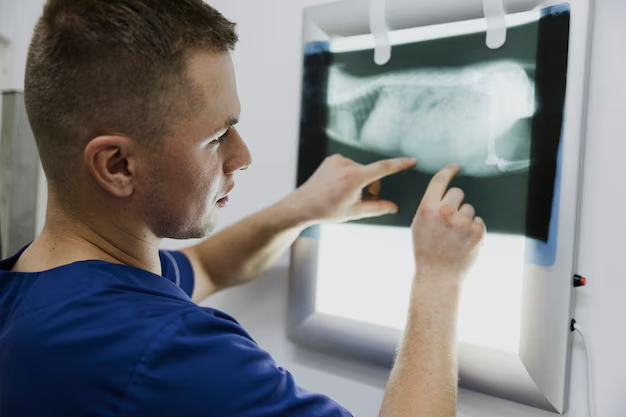How to Become a Radiology Technician: Educational Pathways and Certifications
Embarking on a career as a radiology technician not only opens doors to the dynamic world of healthcare but also plays a crucial role in patient diagnostics and care. To pursue this rewarding career, one needs a blend of relevant education, certifications, and licenses. At the foundation, aspiring radiology technicians typically begin with an Associate's Degree in Radiologic Technology, which covers comprehensive coursework in anatomy, radiation physics, and patient care. This formal training is vital as it lays the groundwork for the technical and interpersonal skills required in the field.
Additionally, certification from the American Registry of Radiologic Technologists (ARRT) is often a prerequisite, underscoring a technician's proficiency and commitment to professional standards. Many states also mandate licensure for practice, ensuring adherence to local regulations. Engaging in continuous education and specialized certifications can further enhance career prospects, signaling dedication to staying abreast of advancements in radiologic sciences.
Key Pathways to Becoming a Radiology Technician:
-
🎓 Associate's Degree in Radiologic Technology
- Essential foundation for the role
- Covers anatomy, radiation physics, and patient care
-
🏆 ARRT Certification
- Validates your professional qualifications
- Recognized across many healthcare institutions
-
📜 State Licensure
- Required in many states
- Ensures adherence to local laws and standards
-
📚 Continuous Education & Special Certifications
- Keeps skills updated
- Offers opportunities in specialized areas like MRI or CT scanning
